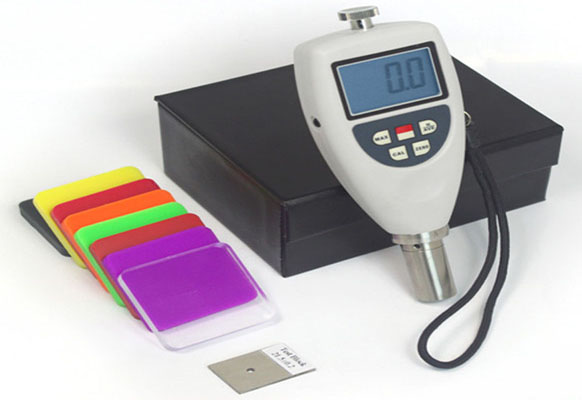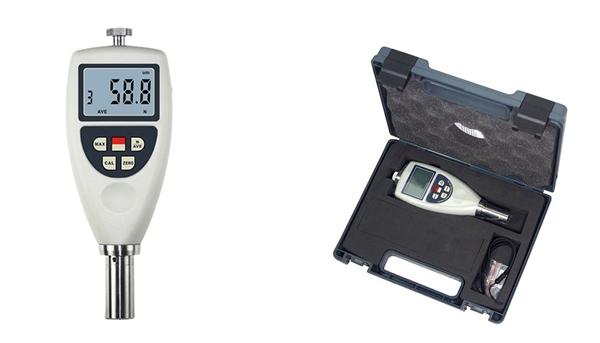How to Use Hardness Tester?
A hardness tester is an essential instrument used in various industries to measure the hardness of materials, providing crucial information about their mechanical properties. To ensure accurate and consistent results, proper maintenance of the hardness tester is imperative. In this article, we will discuss some key use steps for hardness testers.
Select the Appropriate Indenter
Using a hardness tester involves a series of steps to ensure accurate measurements. Begin by placing the hardness tester on a stable surface and allowing it to stabilize after turning it on. Select the appropriate indenter based on the material and testing requirements, following the specifications provided by the hardness tester and material.
Calibrate the Hardness Tester
Next, calibrate the hardness tester according to the manufacturer's procedure, using a reference hardness block matching the expected hardness range of the material. Prepare the sample by cleaning its surface and ensuring it is flat and smooth. Choose a specific test location and apply the specified load to the indenter based on the hardness testing method (e.g., Rockwell, Vickers, Brinell).

Record Results
Measure the indentation left on the material's surface after applying the load, noting the depth for Rockwell hardness or diameter for Vickers and Brinell. Refer to the hardness tester's scale or conversion chart to determine the hardness value. Record the results, including details like the testing method, load applied, and material information.
Repeat the process as necessary at different locations on the material, following standards and requirements. After completing the tests, adhere to the manufacturer's guidelines for cleaning and maintaining the hardness tester. Periodically check and recalibrate the hardness tester as recommended to ensure continued accuracy.
Always refer to the specific user manual for your hardness tester model, considering safety precautions and guidelines. If in doubt, consult experienced personnel or the manufacturer's customer support for assistance.
Advantages
Hardness testing offers a range of advantages crucial for material assessment in diverse industries. Firstly, its non-destructive nature ensures that valuable or irreplaceable components remain intact during testing. The quick and efficient measurements provided by hardness tests are instrumental in streamlining quality control and production processes. Additionally, the wide applicability of hardness testing across various materials, including metals, plastics, ceramics, and composites, makes it a versatile tool suitable for numerous industries.
Furthermore, hardness tests aid in material selection by offering insights into strength, wear resistance, and other mechanical properties. They play a pivotal role in quality control, ensuring materials meet specified hardness requirements for enhanced reliability. The availability of different hardness scales allows for precise testing across a broad spectrum of materials.

The repeatability and reproducibility of hardness test results under controlled conditions contribute to consistent material assessment. Hardness testers also enable the differentiation between surface and case hardness, providing valuable information for applications where only the surface requires hardening. The minimal sample preparation required, typically involving a clean and flat surface, adds to the convenience of hardness testing in various scenarios.
Whether in portable or benchtop models, hardness testers offer flexibility for different testing environments. Portable models are suitable for on-site testing, while benchtop models excel in laboratory settings. In the realm of quality assurance, hardness testing plays a crucial role in ensuring materials meet specified hardness requirements, thereby contributing to the overall reliability and durability of products.
In summary, it's essential to acknowledge that the choice of a specific hardness testing method depends on factors like material type, desired precision, and the application's specifics. Following proper testing procedures and adhering to manufacturer guidelines are paramount for obtaining accurate and meaningful results in hardness testing. ATO.com provides high quality and high precision different types of hardness testers to choose from, if you are interested, welcome to click, we provide professional service and consulting visits.

